A lesser-known side of journalist and author Andrew Graham-Yooll OBE – as a photographer – is on full display thanks to a hard-working team of librarians at the Universidad de San Andrés (UDESA) in Victoria, Buenos Aires Province.
Graham-Yooll, who died in 2019, donated his personal and work archives to the Special Collections and Archives (in Spanish, CEyA) section of the university’s library two years before he passed away.
When appraising and processing these invaluable records, Manuel San Roman and Amanda Padín Amato were struck by the variety of photographs taken over the years by the renowned journalist with a simple amateur camera.
In an interview, Manuel and Amanda said Graham-Yooll’s photo collection of the nation’s capital is much part of his work as his notes, articles, drafts and personal diaries. Yet while the photography appears to have been more of a hobby, the journalist’s role was implicitly, as always, witness and observer of his beloved Buenos Aires.
The albums of his photos comprise a number of different themes: many deal with politics and politicians, as well as shots from interviews with such figures as Jorge Luis Borges, President Raúl Alfonsín, etc, to name but a few.
On the other hand, Graham-Yooll also focused on what was taking place on the city’s streets and neighbourhoods: there are pictures of the homeless, as well as the landscape of buildings.
An example is a series of photos taken every year, over many years, of the same building, a house in the La Boca district; or another featuring the tearing down of a historic building in Puerto Madero, followed by the construction of a new one in its place, depicting the ever present transformations of city life.
Graham-Yooll also created thematic groups of photos based on graffiti painted on the capital’s walls. This series became ‘Wall Talk/Hablar de muros,’ an exhibition he staged at the British Arts Centre in 2003.
The richness of the images enthused Amanda and Manuel and led them to the creation of a special exhibition, which was eventually named “Testigo Urbano” – “Urban Witness.” It is currently on display at the hall of UDESA’s Biblioteca Max Von Buch, and is based on Graham-Yooll’s 2003 exhibition.
The team behind it put together a storyboard, script, and designed the presentation with Magali Dapas, who oversees the university’s exhibitions. Seventy-two photos were chosen from several hundred, based on three core themes: Graffiti; Living on the Street; and the Transformation of Puerto Madero.
Each theme is represented by a group of photographs placed on a wall across from a transparent cabinet, which displays information about Graham-Yooll’s career in Argentina and overseas. The groups of photos are rotated, in turn, every two weeks.
Regarding the images exhibited for the University’s alumni, as well as visitors to the buildings and Library, the CEyA team said that although most of the images were more than 20 years old, many were specifically chosen due to their relevance today, as much as when they were snapped.
Undoubtedly, the photographs continue to invite viewers to reflect on their surroundings.
The “Testigo Urbano” – “Urban Witness.” exhibition is available to visit Mondays to Fridays, 9am to 6pm, until October 11, 2024, at the UDESA campus, Vito Dumas 284, Victoria, Buenos Aires Province.
Appointment to be made previously by phone or emailing the “Colecciones Especiales y Archivos” section: (54-11) 7078 0400 int. 4230 | [email protected]
Further information at https://www.udesa.edu.ar/biblioteca/expo-virtual-graham-yooll.










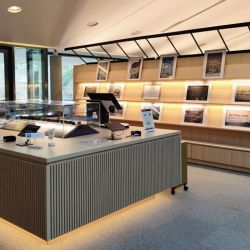
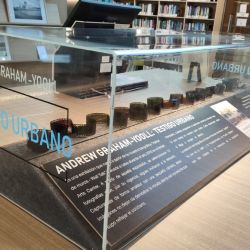
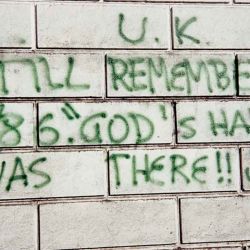
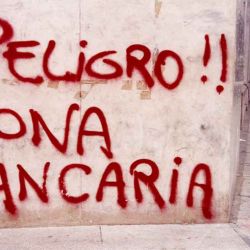
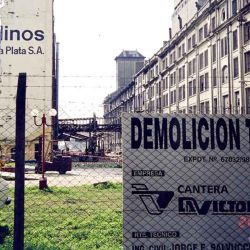
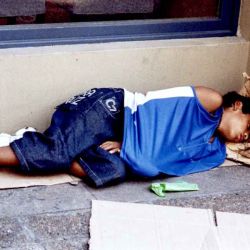














Comments